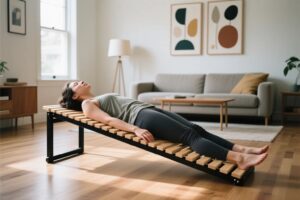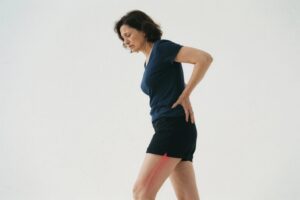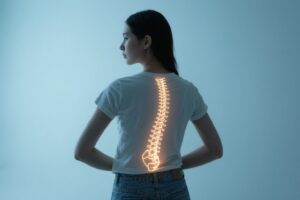
Spinal decompression therapy is an increasingly popular, non-invasive method for managing back pain, particularly when caused by conditions such as herniated discs, sciatica, or degenerative disc disease. While spinal decompression itself can offer substantial relief by reducing pressure on the spine and nerves, combining it with complementary devices can significantly enhance outcomes, especially when integrated into a consistent at-home or clinical care routine. Let’s explore a range of tools and equipment that can be used alongside spinal decompression to promote faster recovery, improve spinal alignment, and provide long-term relief from back pain.
Foam rollers are an excellent addition to spinal decompression therapy. They help release muscular tension and trigger points around the spine, improving flexibility and circulation. Using a foam roller before a decompression session can help loosen tight muscles, making the spine more responsive to treatment.
Benefits:
Improves mobility and tissue quality
Reduces muscle tightness that may restrict decompression
Enhances circulation to support healing
Maintaining proper alignment after decompression is essential to prevent the spine from returning to a dysfunctional position. Posture correctors or lumbar belts provide external support, especially during daily activities that involve standing or sitting for extended periods. When used appropriately, these tools help reinforce correct spinal posture and reduce the strain on healing structures. However, they should be used temporarily, not as a substitute for muscle engagement.
Sleep is a critical period for spinal recovery. Poor spinal alignment during the night can undo the benefits of decompression therapy. Orthopaedic pillows that support the natural curvature of the neck and spine, along with firm yet comfortable mattresses, help keep the spine in a neutral position while you rest. Choosing the right sleep surface can significantly reduce morning stiffness and support longer-term recovery from chronic back issues.
Before or after a spinal decompression session, heat therapy can be used to relax muscles and improve blood flow, while cold therapy can reduce inflammation and numb acute pain. Reusable hot/cold gel packs, heating pads, or even infrared heat devices are excellent tools to incorporate into your back care routine. Tip: Apply cold therapy in the first 48 hours after a flare-up or strain, and switch to heat once inflammation has subsided.
Devices such as percussion massagers, handheld massagers, or even massage chairs can help release tension in surrounding muscles, improving spinal flexibility and enhancing the decompression process. They are particularly effective when used to target tight muscles in the lower back, glutes, and hamstrings. These tools can also help with lymphatic drainage, reducing swelling and speeding up recovery.
Tools such as resistance bands, yoga straps, and stability balls encourage active rehabilitation. These devices help in strengthening the core, improving balance, and supporting muscular structures around the spine, all crucial elements of sustainable back health. Once the spine has been gently decompressed, targeted strengthening exercises will help maintain the improved alignment and reduce the risk of recurring pain.
While the devices mentioned above are complementary, the Spinal Backrack is a unique, patented tool designed specifically for home-based spinal decompression. Unlike inversion tables or general back stretchers, the Backrack targets each segment of the spine through its natural curvature, helping to decompress and realign the spine safely and effectively. It can be used in conjunction with other recovery tools and forms an essential part of any long-term spinal rehabilitation programme.
Combining spinal decompression therapy with supportive devices can significantly enhance treatment effectiveness. Especially for individuals managing chronic back pain at home. Whether you’re a healthcare provider recommending recovery tools to your patients or an individual looking to take charge of your spinal health, using these complementary devices can make all the difference. Remember, the most effective back care plans are multi-dimensional. So, combining decompression with strength, posture correction, mobility, and lifestyle changes for long-term relief.






Sign up our newsletter to get article update about backrack therapy.